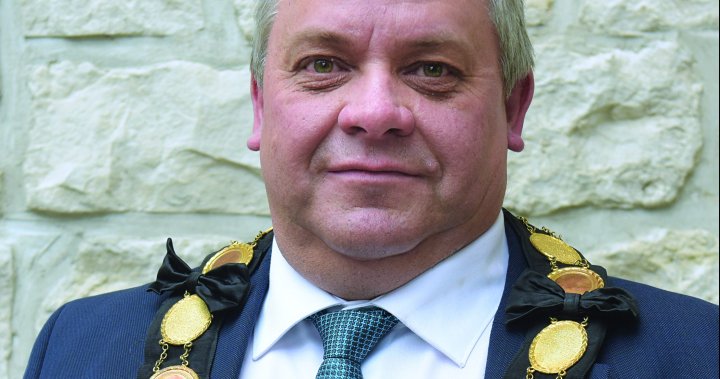By this time, Jasper National Park’s caribou breeding centre was supposed to be nearly done, ready for pregnant cows to bed down behind its fence, safe from predators and working on replenishing the park’s diminishing herds.
This summer’s wildfire had other ideas.
“We’re still looking at putting together a restoration plan,” said Jean-Francois Bisaillon, the park’s caribou specialist.
The fire not only ravaged homes in the Jasper townsite and much-loved mountain landscapes, it also scorched plans for Canada’s first captive breeding centre for caribou.
Parks Canada is building a $40-million centre that would permanently pen up to 40 females and five males in a highly managed and monitored area of about one square kilometre surrounded by an electrified fence. The agency suggests the captive breeding could produce enough calves every year to bring Jasper’s herds to sustainable levels in a decade.
One of the park’s three herds has already disappeared and the others are down to a handful of animals.
But before that work can resume, Parks Canada has to deal with the impacts of the wildfire, which wasn’t brought under control until earlier this month.
Almost all the forest within the site that would have been used for caribou habitat was at least partly burned. About a quarter of its fenceposts were consumed, as was a good chunk of the slat fencing. Nearly all the caribou feeders were burned and electrical infrastructure damaged.

Get daily National news
Get the day’s top news, political, economic, and current affairs headlines, delivered to your inbox once a day.
Buildings such as the barn and office storehouse were unscathed.
Still, Bisaillon says the breeding centre will still be finished by Christmas.
“We’re still planning to have the breeding centre complete, with a few weeks delay,” he said.
Bisaillon said the fact many of the buildings suffered minimal damage speaks well of the planning and fireproofing that went into their design.
“The challenge that we’re facing now is to make sure the habitat conditions are still suitable to welcome our first caribou this winter. We’re working really hard to determine what can be done in terms of vegetation restoration.”
Food and water were always going to be provided to the animals, so they won’t have to depend on natural browse.
Trees, from saplings to mature growths, are being replanted to provide cover and shade. Seeds from native plants are being sown to restore ground cover.
“You don’t want caribou to be living in mud and dirt,” Bisaillon said.
The best news is that some of the vegetation is already coming back.
“If we have a warm fall with a little bit of rain, there’s a fair chance a lot of vegetation will grow back before winter.”
Lessons have been learned. Egress routes are now being built into the centre so caribou can escape if they’re threatened by another fire.
Conservation biologists around the world are watching.
Conservation breeding has long been used for other species, particularly birds. It’s rarely been used for caribou, which, because of their specific habitat needs and their tendency to co-exist with human disturbances like forestry and energy development, are considered one of the toughest conservation challenges on the continent.
“We’re getting a lot of interest in this program,” Bisaillon said. “It’s trailblazing.
“We’re opening the way to a new tool that can be used for many species,” Bisaillon said. “If we want to be successful at recovering species at risk, we need to use many tools.”
With a little luck, Bisaillon said the centre might even be able to meet its original timetable.
“We feel pretty optimistic, though we suffered some.”
© 2024 The Canadian Press




